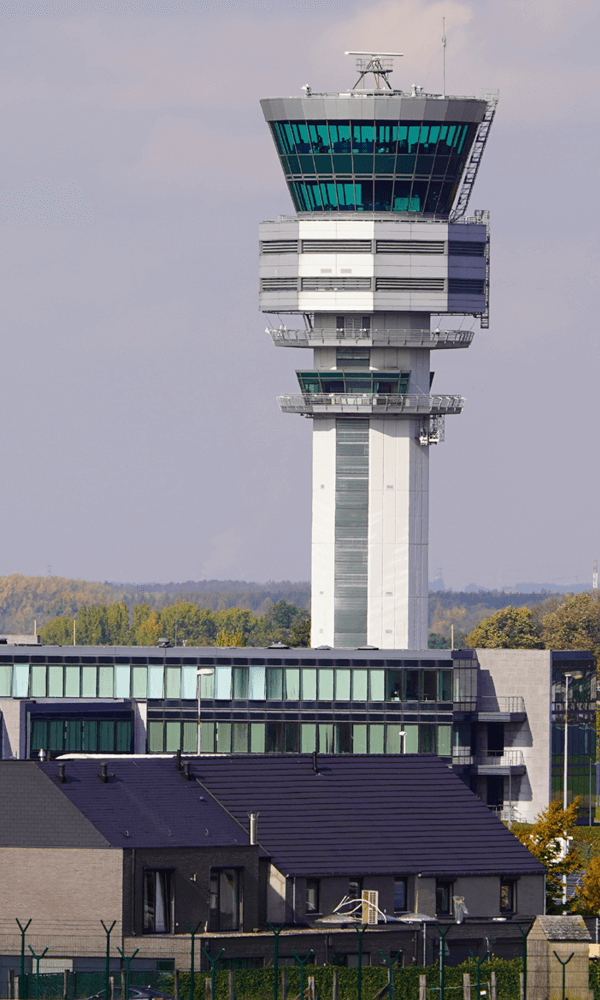GNSS jamming and spoofing - how are you mitigating the risk?
- Rob Skinner
- Insights & Events
- 22 Mar 2023

GNSS jammers pose severe threats to the UK's critical infrastructure - but OHB Digital Solutions provide an answer for protecting essential systems.
As the world moves further into a purely digital age, the reliance on Global Navigation Sattelite System (GNSS) constellations is becoming more and more prevalent. It is easy to see why - GNSS offers a quick simple solution for Positioning, Navigation and Timing requirements across multiple applications. The use of GNSS spans many industries, from digital broadcasting and financial trading services, to aircraft and naval guidance systems (both civilian and defence). The reliance on GNSS does however have its security issues.
The use of GNSS has several major drawbacks. It is an extremely weak signal, to the extent that care has to be taken when installing the antennas on buildings. Placing antennas too close together or near strong sources of electrical noise (such as air conditioning units) can generate enough noise to disrupt the GNSS signal from being received by the antenna. In this scenario, the jamming of the GNSS signal could be entirely accidental - however, it would still pose a threat to the receiving system.
GNSS jammers - do they pose a threat?
This susceptibility to interference makes GNSS jamming a relatively easy task to carry out intentionally. Commercial GNSS jammers are relatively cheap and easy to acquire. It has been known for delivery and logistics drivers (whose every move is tracked and recorded through GNSS synchronised trackers) to use jammers to 'their advantage' to meet deadlines or avoid fines.
Whilst the use of a GNSS jammer in this instance may appear to have only a limited effect on an individual, the wider consequence is that they actually pose several threats to critical infrastructure. Use around motorways that border airports can end up interfering with airport systems.


For aircraft coming into land, the interference or loss of GNSS synchronisation can cause a failure of key automated navigation and surveillance equipment. A GNSS outage that covers the airport as well can lead to the loss of the aircraft on the air traffic controls moving map of the airport. While aircraft have backup systems to allow a pilot to fly manually, the loss of GNSS tracking for an air traffic control tower is extremely dangerous and leads to a much higher chance of an accident happening while landing.
The recommended practice for loss of GNSS at an air traffic control tower is for landing aircraft to be kept in a holding pattern until synchronisation is re-established. Whilst danger is somewhat mitigated - the delays incurred by this can throw flight schedules out, causing delays to passengers and flight crew.
This type of disruption is not just limited to the aerospace industry. Other key systems which rely on GNSS for precise navigation and timing, such as autonomous vehicles or outside broadcasting, are also vulnerable to disruption of service. Not only by jamming but also through spoofing.
What is GNSS spoofing?
GNSS spoofing operates on a similar premise to jamming in that an attacker overpowers the GNSS signal being received from satellites through an external frequency broadcaster. Instead of stopping at overpowering the signal, spoofing technology actively rebroadcasts a false version of the GNSS signal to be received by the antenna. This rebroadcast signal can change the positional data and time data of GNSS to anything desired by the attacker.
The effects of having a sudden location or time change on a network or automated machine can be catastrophic. An example of this would be a financial high-frequency trading application which needs to stay within 100us of UTC at all times according to MIFID II regulations; if the time was spoofed and all trades were outside of this time limit then fines could be imposed by the FCA.
There are ways to protect against spoofing, which will be covered in a later article.
GIDAS from OHB Digital
Being able to detect jamming and spoofing events ahead of time and being able to take measures to mitigate the potential disruption is crucial for smooth operation and quality of service. For outside broadcasters, all camera and audio equipment is tied back into GNSS synchronised generators that provide IP or SDI synchronisation. While these systems do have onboard oscillators, these can only guarantee time for a short amount of time, and broadcasters need to take into account the time jumps that can occur when GNSS is re-synchronised since a jump in time can cause instability to the video and audio data.


OHB Digital's GIDAS (GNSS Interference Detection and Simulation) system can provide real-time detection of multiple GNSS types of interference events, either in fixed locations or as a remote deployable solution, and provides alerts into a central management system to allow users to take quick action to prevent major issues. Using GIDAS, the danger presented by sudden and unexpected GNSS loss to critical systems is mitigated. The GIDAS solution has already been installed at major airports and docks across Europe and is an invaluable tool for monitoring and mitigating GNSS jamming and interference.
Stay up to date with our time synchronisation and GNSS experts
This is the first in a series of articles regarding GNSS jamming and spoofing. In future updates, APC's expert team will be focusing on specific industries, with details on the exact processes affected and the mitigation techniques that can be deployed.





